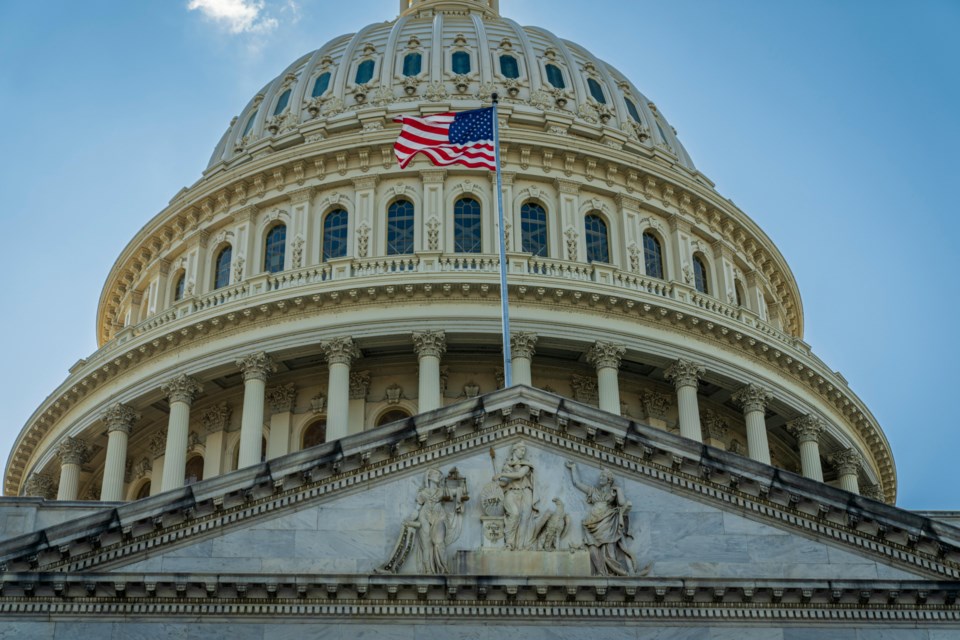In the recent Colorado elections, Democrats held onto their strong control of the state legislature, keeping a supermajority in the House but falling just short in the Senate. Despite hopes of a supermajority in both chambers, the party split remains mostly unchanged.
Democrats Retain Supermajority in Colorado House
The Colorado Democratic Party has been able to keep the strong majority it won in the 2022 elections in the state House of Representatives.
As a result of their near-unbreakable majority, the Democrats have secured authority over legislative decisions in the House. This majority gives the party the power to push its plan, which shows that voters in key districts strongly support it.
Mary Young, the incumbent Democrat in District 50, is currently trailing her Republican opponent, Ryan Gonzalez, by fewer than sixty ballots, which suggests that a recount may be necessary.
If this seat changes hands, the Democrats would still have an enormous lead, with 45 Democrats to 20 Republicans. Democratic control of the House remains secure, regardless of the ultimate result in District 50.
Senate Party Split Holds Steady Despite Expected Flips
None of the anticipated modifications in party control in the state Senate resulted in any modifications to the overall balance of power. District 13 will likely go from being Democratic to Republican, and District 12 will likely go from being Republican to Democratic.
With 23 Democrats and 12 Republicans, the Senate composition remains unchanged. This result keeps Democrats one seat shy of a supermajority in the Senate, a goal they’ve missed for several election cycles.
Democrats haven’t had a Senate supermajority since 1938, while Republicans last held this status in 1990. The party split means that while Democrats have a strong presence, they still require some bipartisan cooperation in the Senate.
Democratic Dominance at Historic Levels in Colorado
The Democratic Party’s control in Colorado has reached a historic peak.
In addition to the Legislature, Democrats hold all statewide executive offices, both of the state's U.S. Senate seats, and a majority of the U.S. House seats. This level of Democratic influence hasn’t been seen in Colorado in 86 years, reflecting significant voter support across the state.
Speaker of the House Julie McCluskie thanked voters in Colorado and emphasized that the party had been successful in getting big majorities, like in 2018 and 2020.
She observed that Democratic leadership has fostered a high level of trust among Coloradans, thereby confirming their status as the state's guiding force. With this large majority, the party can push through its legislative goals without facing much resistance.
Republican Hold on Senate Seats Ensures Bipartisan Balance
It's clear that Democrats have the upper hand, but Republicans' 12 Senate seats keep the Legislature from becoming a one-party chamber. The presence of Republicans guarantees that bipartisan cooperation is still required for specific legislative actions.
To override gubernatorial vetoes and put constitutional changes to a vote, for example, two-thirds of the people must agree, which means Democrats need at least one Republican vote.
This balance has had a tangible impact on legislation. Earlier this year, Republicans were able to block a proposed constitutional ballot measure related to child sexual abuse lawsuits, with all 12 GOP senators voting against it.
This prevented Democrats from reaching the supermajority needed to move the measure forward, illustrating how the GOP’s hold on Senate seats keeps Colorado politics balanced between the two parties.



